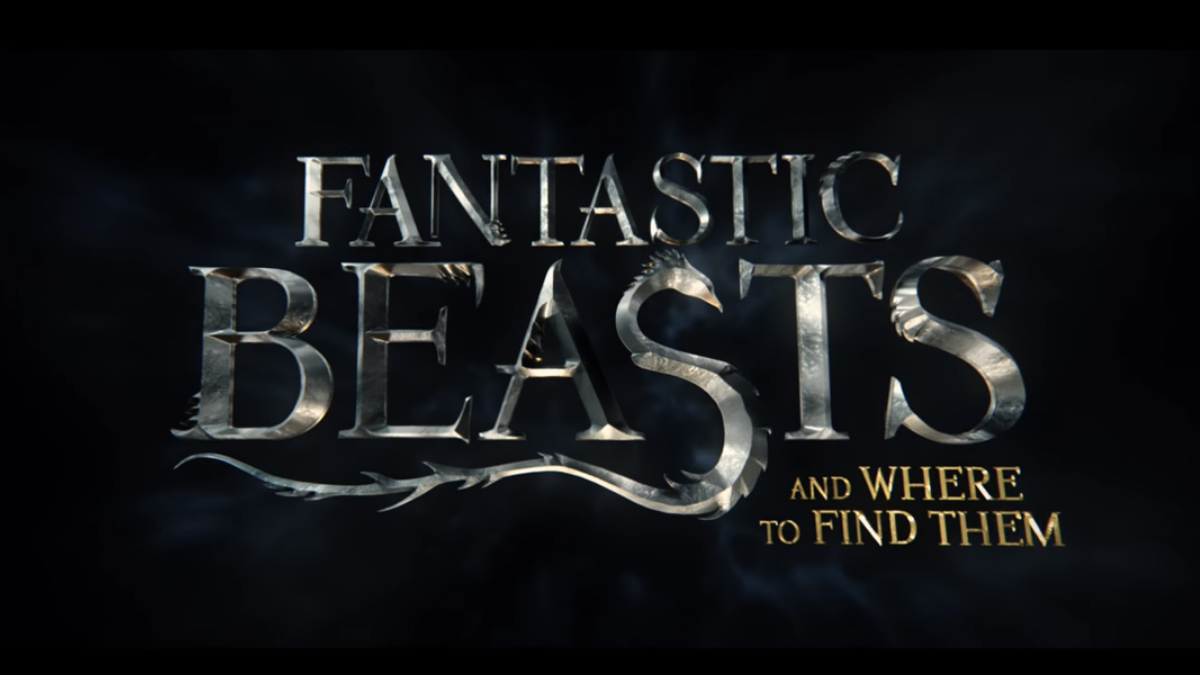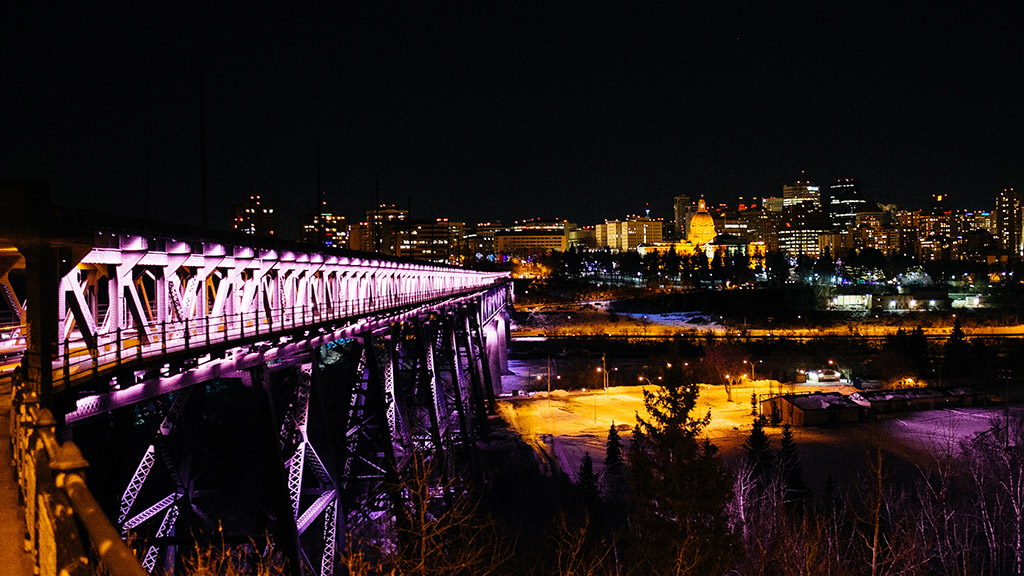Movie Review: ‘Fantastic Beasts and Where to Find Them’
 Supplied
SuppliedFantastic Beasts and Where to Find Them is not the next Harry Potter and that’s a problem.
Set 60 years before the birth of the Boy-Who-Lived, we follow Newt Scamander’s visit to New York City as he attempts to advocate for the rights of magical creatures in a Wizarding community set on eradicating them. While attempting to get a bank loan for his bakery, the No-Maj Jacob Kowalski accidentally switches suitcases with Newt, resulting in a wild hunt to recapture the creatures before further mischief ensues.
My favourite part of this film is Eddie Redmayne’s portrayal of Newt Scamander. As a shy, androgynous, and caring person, Newt sticks out against the brash heroics around him. His actions seem considerate, and largely based on the group he thinks is most at risk; those that cannot speak for themselves. However, any feelings I have for Fantastic Beasts beyond this are much more complicated and much less pure-hearted than Newt’s.
Despite its captivating visuals of Art Nouveau architecture and Chanel-inspired fashions, the film feels like a shadow of a previous franchise. The mood oscillates wildly between the silliness of Newt Scamander’s creatures and the explicit separation been wizards and No-Maj. Ironically, for a film depicting the harshness of segregation and its criticisms of racism and sexism, it doesn’t follow through. The portrayal of minorities is somehow worse than the Harry Potter books, with only a few token characters. There appears to be one black person who, when the camera zooms in, becomes whiter. An explicit example of Rowling’s step backwards regarding feminism is illustrated in the quality of her female characters. Instead of Hermione’s fierce feminism we are given the sexualized character of Queenie, who seems to represent the perfect woman. The camera follows the curves of her body, her superior cooking, and homemaking abilities, and an inexplicable attraction towards Kowalski — who’s only contribution are his comedic reactions to her flirtation. In a world where women are displayed as powerful equals, it seems out of place to include a character who so blatantly belongs in a 12-year-old boy’s fantasy.
The juxtaposition between magical and Muggle life is much more symbolic within this film. In the Harry Potter universe, Muggles have access to the Wizarding World provided they remain observant and open-minded enough. Many of the Muggles have complex relationships with magic; they even yearn for the chance to practice magic, becoming abusive when their envy is too great to overcome. Yet, in Fantastic Beasts Kowalski’s introduction to magic is superficial; the only reaction we receive is of amazement and resignation. When so much of the segregation is based on No-Maj’s jealousy of magical abilities, Kowalski’s lack of reaction falls flat.
The quality of this film suffers when fans cannot supplement the film’s plot holes with an accompanying novel. The production team relies on a simple plotline to establish how this new adventure relates to the previous series, losing narrative richness with its heavy exposition. We are left with this light-hearted, nostalgic ode to the Harry Potter series, which lost so much potential because it could not decide on an audience. The level of violence and references to Harry Potter don’t fit a younger audience, while the heavy focus on cute animals feels out of place for the adults.
Although I would not dissuade anyone from watching this film, and diehard fans will still enjoy immersing themselves in Rowling’s universe, don’t expect any ground-breaking innovations or revelations. As JK Rowling gains more experience writing for the screen I believe we will see more of her signature style: layered, subtle narrative with silly humour. This era of the Wizarding history includes Dumbledore romantic interest in Grindlewald, so there is so much potential for gritty, war-torn fantasy. All-in-all Fantastic Beasts is a good film, but not a good Harry Potter film.




